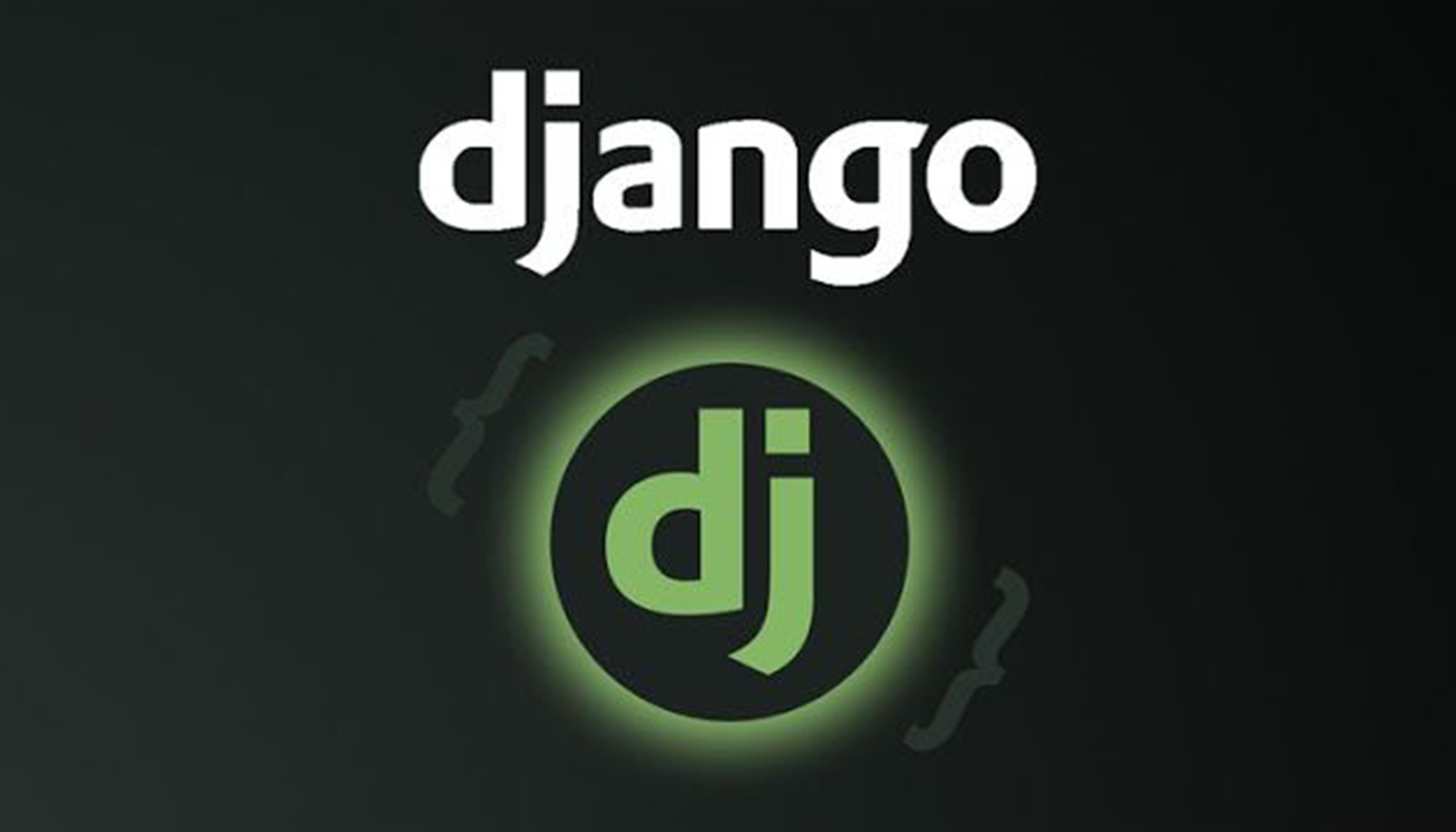In a fast-moving development landscape, choosing the right web framework can make or break a project. Django is a mature, powerful, Python-based framework that offers reliability, security and rapid development for a wide range of applications. This guide explores what Django is, how it works, its key features, advantages and limitations, and how to evaluate whether it’s the right choice for your next web project.
What is Django?
Django is an open-source web application framework written in Python. It is designed with the goals of integration, scalability, adaptability and simplicity in mind.
With Django, developers can focus on building distinctive features rather than re-inventing fundamental functionality. It is especially popular for backend web development, though it supports full-stack scenarios when paired with frontend frameworks.
How Django Works
Django uses a Model-View-Template (MVT) architecture—a variant of the familiar Model-View-Controller (MVC) paradigm.
- Model: Defines the data structure and business logic. Each model typically corresponds to a database table.
- View: Receives HTTP requests, applies business logic, fetches or manipulates data via models, and returns HTTP responses.
- Template: Handles presentation—HTML files that render data supplied by views.
- URL routing: Defined in Django’s urls.py, routes incoming requests to views based on URL patterns.
This structure supports clean separation of concerns, maintainability, and scalability.
Key Features of Django
Django offers many built-in modules and features that accelerate web application development. Key features include:
- Object-Relational Mapping (ORM) for database interaction without writing raw SQL.
- Authentication & authorization systems out-of-the-box.
- Admin interface: a ready-made dashboard to manage data with minimal configuration.
- Internationalization & localization support for multilingual sites.
- URL routing and templating engine to build clean, maintainable apps.

Why Developers Choose Django
Developers often pick Django for its:
Rapid development: Pre-built components reduce time to market.
Cost-efficiency: Strong community support, widespread resources and ecosystem.
Popularity: Backed by large companies and significant usage in production.
Python ecosystem: Integration with data science, AI/ML, and modern tooling.
Backend or Frontend?
While Django is primarily a backend web framework, it can serve frontend concerns when paired with appropriate technologies. It generates HTML pages and handles server-side logic, but for modern frontend experiences, it typically works alongside frameworks like React, Vue or Angular.
Best Use Cases for Django
Django excels in scenarios such as:
- Enterprise web apps with complex business logic
- Large-scale platforms with heavy data and user-based
- Content management systems, social networks, e-commerce sites
- Backend services for mobile apps or full-stack projects
Pros and Cons of Django
Pros:
- “Batteries-included” framework with many built-in features.
- Highly suitable for modern apps including AI/ML and IoT integrations.
- Strong Python base ensures readable, maintainable code.
- Scalability, strong community, and robust security features.
Cons:
- Less convention-over-configuration compared to some frameworks; more boilerplate.
- Monolithic in design; may be overkill for simple projects.
- Not ideally suited for handling extremely high-concurrency request loads without additional architecture.
- Learning curve can be steeper for developers coming from other paradigms.
Conclusion
Django remains one of the most reliable and feature-rich frameworks for backend and full-stack web application development. Its strong architecture, built-in capabilities, and Python foundation make it a wise choice for projects that demand scalability, security and speed. However, for smaller or highly concurrent applications, it’s important to weigh its monolithic design and learning curve. With the right use case and development strategy, Django can deliver robust, maintainable and future-proof solutions for your web applications.





